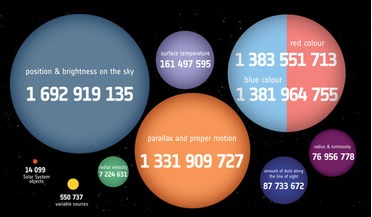 25 April 2018
New Gaia data reveals details on over 1.6 billion stars
25 April 2018
New Gaia data reveals details on over 1.6 billion stars
... set of information on over 1.6 billion stars in our Milky Way. This second data release, available for download by the ... astronomers an unprecedented look at how the stars in our Milky Way behave and evolve; data gleaned from Gaia will help to...
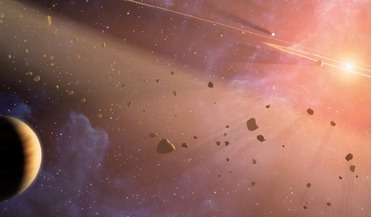 August 2020
Revisiting the Drake Equation - a cultural addendum
August 2020
Revisiting the Drake Equation - a cultural addendum
... never be known without making contact in the first place. By taking into account the fraction of civilizations in the Milky Way Galaxy that desire contact, and the fraction of civilizations with which communication would have no unintentional harm...
 08 February 2017
Bridge between the Magellanic Clouds discovered
08 February 2017
Bridge between the Magellanic Clouds discovered
... European Space Observatory, Gaia. The first batch of information, which includes the positions and brightness of a billion Milky way stars, became available three months ago and can be freely accessed. Data obtained by Gaia satellite is unique...
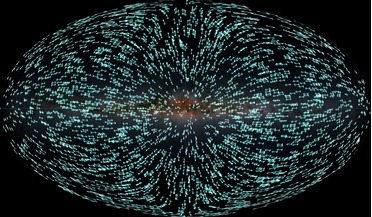 07 December 2020
New Gaia data measures Solar System's acceleration
07 December 2020
New Gaia data measures Solar System's acceleration
... globular clusters. It has a looping, spiralling path, and researchers believe it has passed through the plane of the Milky Way before, knocking around stars as it does so. Information gleaned from Gaia’s latest data release strengthens this theory...
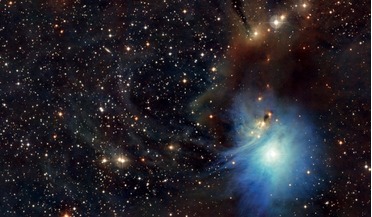 March 2018
Exploring the extreme universe
March 2018
Exploring the extreme universe
... will also enable a detailed spectro-imaging of the high-energy emissions from the central regions of the Milky Way, allowing scientists to understand at last the origin of the positrons (the antimatter counterpart of the electron). This particle...
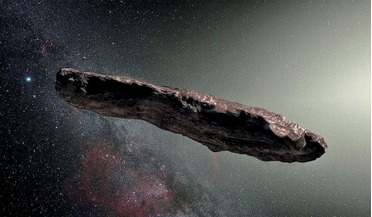 June 2018
Cosmic communications and the anthropology of outer space
June 2018
Cosmic communications and the anthropology of outer space
... to calculate N, the number of civilizations in the Milky Way Galaxy whose electromagnetic emissions are detectable. The variables in... of stars with planets, is about one percent in the Milky Way. We know the fraction of planets per star that are ...